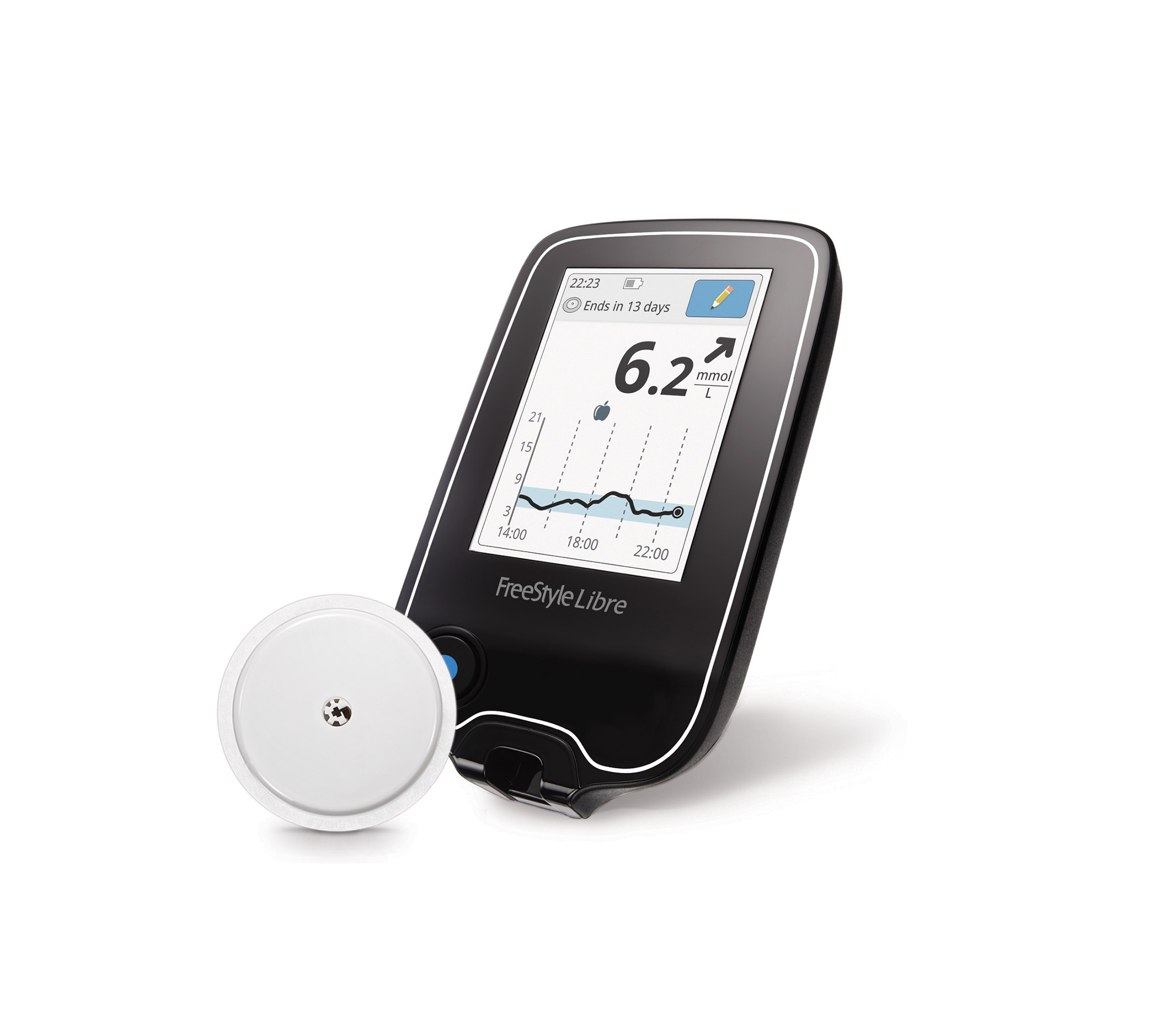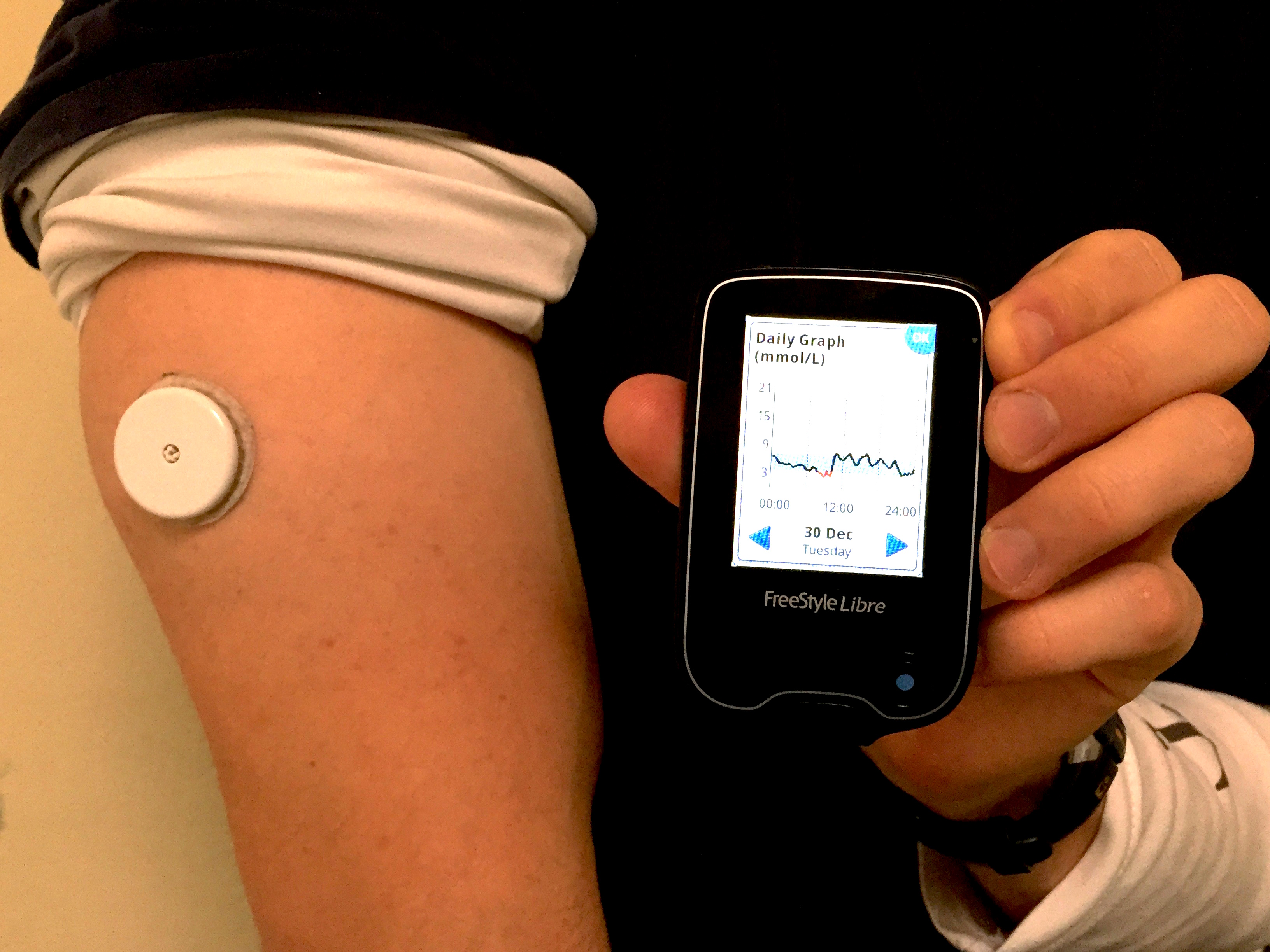

Our results indicate that accuracy and precision of FSL sensors placed on upper thigh are comparable to upper arm, whereas abdomen performed unacceptably poor. Aggregated precision absolute relative difference was markedly lower for arm/thigh (10.9☑1.9%) compared to arm/abdomen (20.9☒2.8%) (p=0.002).


Apart from the first day, accuracy of FSL sensors on arm and thigh was more stable across the 14-day wear duration than accuracy of sensors on abdomen, which deteriorated mainly during week two (p<0.0005). Clarke error grid analysis for arm and thigh were comparable (zone A: 84.9% vs. FSL measurements were compared to capillary blood glucose (BG) measurements obtained with built-in FSL BG meter. Twenty-three adults with type 1 diabetes used three FSL sensors simultaneously for 14 days on upper arm, abdomen, and upper thigh. The aim of this study was to compare accuracy and precision of FSL sensors when placed on different sites. Nowadays, most Belgian patients with type 1 diabetes use flash glucose monitoring (FreeStyle® Libre™ ) to check their glucose values, but some patients find the sensor on the upper arm too visible.


 0 kommentar(er)
0 kommentar(er)
